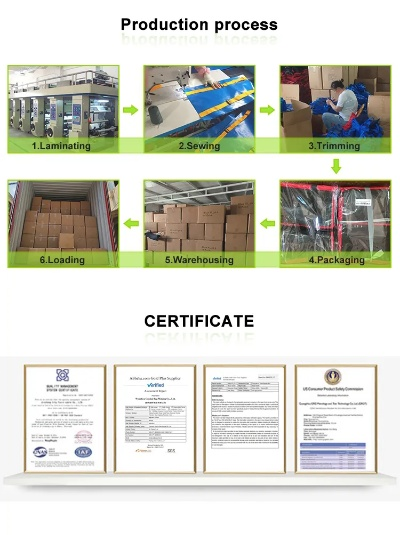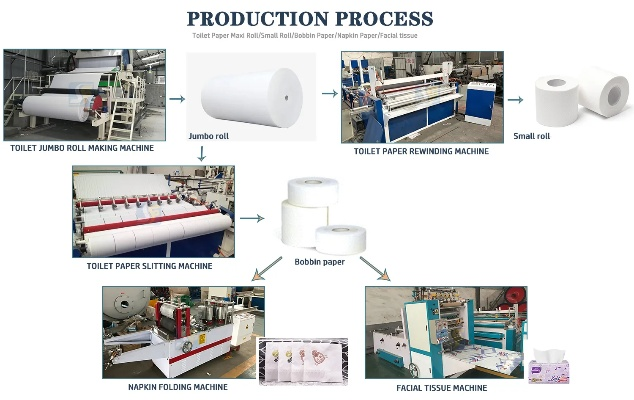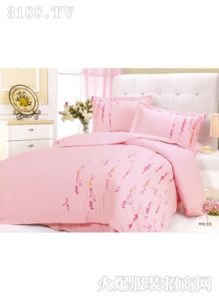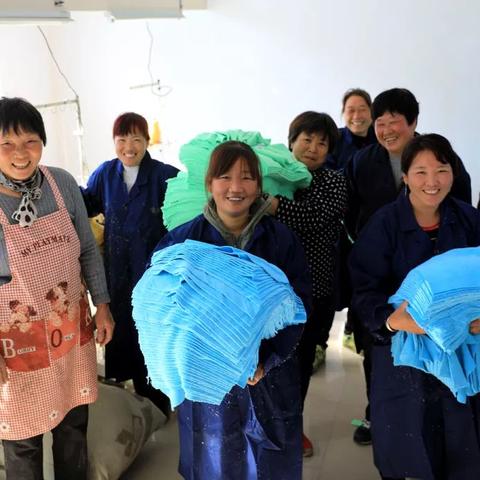The Role of Textile Testing in Quality Control and Product Innovation
The importance of textile testing in ensuring product quality and fostering innovation cannot be overstated. Regular textile testing serves as a crucial tool for manufacturers to identify potential issues early on, preventing costly mistakes and ensuring customer satisfaction. Through rigorous testing protocols, companies can evaluate the durability, strength, and overall performance of their products, which directly impacts their ability to maintain market position and meet changing consumer demands. Moreover, these tests often lead to the discovery of new materials or manufacturing techniques that enhance product quality and functionality, thereby driving innovation within the industry. As such, the role of textile testing is not just about passing standards but rather about driving continuous improvement and staying ahead in a competitive market landscape.
Introduction: In the ever-evolving world of fashion, textile testing plays a crucial role in ensuring that products meet stringent quality standards. From ensuring safety standards for children’s clothing to meeting regulatory requirements for high-performance sportswear, the process of testing textile products is essential for maintaining consumer trust and protecting public health. In this article, we will delve into the various methods used in textile testing, their applications, and some case studies to illustrate the practical application of these techniques.
Textile Testing Methods:
-
Dyeing Tests: This involves assessing the colorfastness of dyed fabrics by comparing them with samples before and after washing. Color fastness tests ensure that colors remain vibrant and do not fade over time, especially when fabrics are washed frequently or exposed to sunlight. For instance, one example is a study conducted by a textile company on the color stability of a popular sundress.

-
Shrinkage Tests: These are essential to determine how well fabrics shrink during drying. Shrinkage can lead to uneven wear patterns and poor fit. A report from the European Union on the performance of polyester fabrics under shrinkage conditions highlights the need for manufacturers to comply with international standards.
-
Burst Strength Tests: This test measures the force required to tear a fabric sample in half. Higher burst strength means stronger fabrics, which are ideal for outdoor wear such as tents and jackets. An example from the UK shows how this test helped to identify a product's suitability for outdoor activities.
-
Moisture Resistance Tests: These tests measure the ability of textiles to resist absorbing water and moisture. They are particularly important for garments intended for use in damp environments like swimming trunks and raincoats. A recent study by a major apparel brand showed how moisture resistance improved the product’s overall appeal.
-
Leather Tests: If a product is made from leather, it must undergo rigorous testing to ensure its safety and durability. Leather testing includes evaluating the material's resistance to abrasion, tear, and other wear and tear factors. An example of such a test can be seen in a case where a new leather product was tested against a benchmark standard to demonstrate its superior performance.
-
Economic Analysis: To evaluate the cost-benefit ratio of different textile testing methods, companies often conduct economic analyses. By comparing the costs of different tests and their impact on product quality and market competitiveness, they can optimize their testing strategies. For instance, a company may choose to focus more on testing for colorfastness rather than shrinkage due to higher labor and material costs associated with shrinkage testing.
Case Studies:
-
The Rise of Eco-Friendly Textiles: As consumers become more aware of the environmental impact of their purchases, eco-friendly textiles have become increasingly popular. One example is a company that developed organic cotton fabrics for outdoor clothing. Their commitment to using natural materials and implementing sustainable production practices was evident in their rigorous testing protocols, including moisture resistance and flame retardant properties.
-
Government Regulations and Standards: Government regulations play an important role in shaping the testing landscape for textile products. For instance, the European Union has strict guidelines for the colorfastness of fabrics, requiring manufacturers to test and label their products accordingly. This has led to an increase in demand for certified textiles, as consumers prioritize products that meet high standards.
-
Technology-Driven Textile Testing: Advances in technology have transformed the way textile testing is done. For example, the use of machine learning algorithms in automated colorfastness testing can improve accuracy and reduce labor costs. Similarly, the integration of sensors into moisture resistant fabric testing devices can provide real-time feedback, enhancing product quality control.
Conclusion: Textile testing plays a critical role in ensuring the quality and safety of textile products. Whether it's through dyeing tests, shrinkage analysis, or moisture resistance assessments, these tests are essential for meeting consumer needs and regulatory compliance. As technology continues to advance, we can expect even more innovative solutions to emerge, further improving our understanding and control over fabric behavior. By embracing these advancements, textile manufacturers can stay ahead of the curve, delivering products that not only meet but exceed expectations.

亲爱的朋友们,今天我们来聊聊纺织品检测专业如何,纺织行业作为我国的重要支柱产业,其产品质量和安全至关重要,下面,我们将从多个角度深入探讨纺织品检测专业的重要性、方法和实践。
纺织品检测专业的重要性
纺织品检测专业是确保纺织品质量的重要手段,随着纺织行业的快速发展,对纺织品的质量和安全要求也越来越高,纺织品检测专业通过科学、规范的方法,对纺织品进行全面的质量检测,确保其符合相关标准和法规要求,纺织品检测专业也是提升纺织品行业竞争力的重要途径,通过提高纺织品的质量和安全水平,可以提升纺织品的附加值和市场竞争力。
纺织品检测专业的方法与实践
方法:
(1)样品采集与制备:纺织品检测专业首先需要对样品进行采集和制备,样品应该具有代表性,能够反映实际生产中的产品质量情况,在采集样品时,需要遵循相关标准和法规要求,确保样品的质量和安全性。
(2)仪器与设备:纺织品检测专业需要使用各种仪器和设备进行检测,这些仪器和设备包括各种纺织纤维分析仪器、织物性能测试仪器等,使用这些仪器和设备可以实现对纺织品纤维组成、织物性能、耐久性等方面的全面检测。
(3)数据分析与处理:纺织品检测专业需要对检测结果进行数据分析与处理,数据分析与处理是确保检测结果准确可靠的重要环节,通过数据分析与处理,可以得出纺织品的质量指标和性能指标,为纺织品的质量控制和改进提供依据。
实践案例:

(1)案例一:某知名品牌纺织品检测:该品牌在纺织品生产过程中,非常重视产品质量和安全,他们采用了先进的纺织品检测技术,对每一批次的纺织品进行全面的质量检测,通过使用各种仪器和设备,对纺织品的纤维组成、织物性能、耐久性等方面进行了全面检测,确保了产品的质量和安全性,该品牌的产品获得了广大消费者的认可和好评。
(2)案例二:绿色环保纺织品检测:随着环保意识的不断提高,绿色环保纺织品越来越受到消费者的青睐,纺织品检测专业在绿色环保纺织品的检测中,需要关注纤维成分、环保性能等方面,通过使用各种环保测试仪器和设备,对绿色环保纺织品的纤维成分、环保性能等方面进行了全面检测,确保了产品的环保性能符合相关标准和法规要求,还注重产品的可持续性评价,为产品的开发和改进提供了依据。
纺织品检测专业的发展趋势
随着纺织行业的快速发展和消费者对纺织品质量要求的不断提高,纺织品检测专业的发展趋势也越来越明显,纺织品检测专业将更加注重技术创新、智能化、绿色化等方面的发展。
(1)技术创新:纺织品检测专业需要不断进行技术创新,研发更加先进、高效、便捷的检测技术和设备,利用人工智能、大数据等先进技术,提高检测的准确性和效率。
(2)智能化:随着智能化技术的发展,纺织品检测专业也需要积极推进智能化技术的应用,利用物联网技术实现纺织品检测的远程监控和智能化管理。
(3)绿色化:随着环保意识的不断提高,绿色化已经成为纺织品行业的重要发展趋势,纺织品检测专业需要关注绿色环保纺织品的检测,注重产品的环保性能和可持续性评价,还需要加强与环保部门的合作,共同推动绿色纺织品的生产和销售。
纺织品检测专业是确保纺织品质量的重要手段,也是提升纺织品行业竞争力的重要途径,在未来的发展中,纺织品检测专业需要不断进行技术创新、智能化、绿色化等方面的探索和发展,为纺织行业的发展做出更大的贡献。
Articles related to the knowledge points of this article:
The Journey of Rich Textile Manufacturing 富兴泰纺织品
The Story of Dongguan Xieyuan Textiles
Exploring the World of Textiles at Pei Countys King Construction Textile Store



